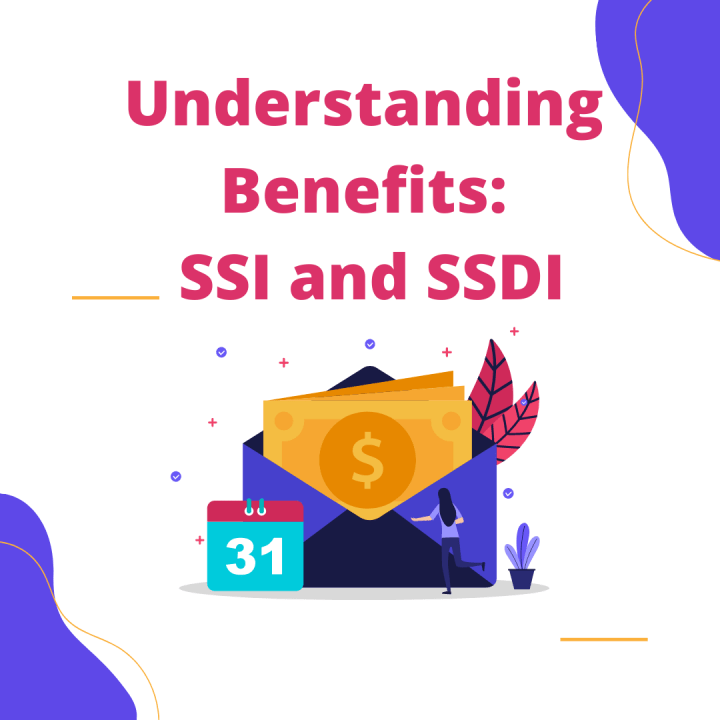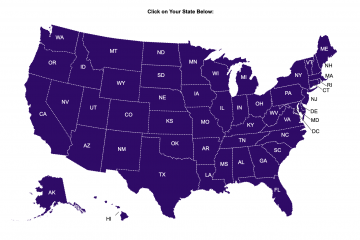What's the Difference Between SSI and SSDI?

The Difference Between SSI and SSDI
Many people do not know the difference between SSI and SSDI. It can be very confusing for a family or individual to understand what is available, and whether they will qualify. Very often, the recipients and their families do not even know which benefits they are receiving. But it is important to understand some basic information about government benefits. This post will focus on the two most common government benefits and give you a brief overview of how they work.
The first benefit is Supplemental Security Income or “SSI”. To qualify for SSI, the applicant must first meet the Social Security Administration’s definition of “disabled”. A person is considered to be disabled under Social Security rules if they have “a medically determinable physical or mental impairment that prevents them from doing any substantial gainful activity and has lasted or is expected to last for a continuous period of at least 12 months or is expected to result in death”. So, if the individual with a disability can work and earns above a certain threshold of income (in 2021 that threshold is $1,310 per month), then they are not eligible for SSI. But if they do meet the disability definition, there is a second requirement to qualify for SSI and that is that the individual must also be considered “impoverished”. Essentially, if the applicant has more than $2,000 of assets, they will not qualify for SSI. Once qualified, SSI will pay a monthly stipend for food, clothing, and shelter (in 2021 this amount is $794) and, sometimes even more important, will provide free Medicaid (Health Insurance). Because of the asset limit imposed on applicants, SSI is considered to be a “means tested benefit”.
SSDI, the other main benefit, stands for Social Security Disability Insurance. SSDI is different from SSI and pays a larger monthly payment. This is because the benefit is based on the prior work record of the individual with a disability or on the work record of a parent who then retires or dies. If the disabled individual did work long enough and was paying into Social Security, but then became unable to work due to their disability, they are entitled to receive SSDI. If the individual has never worked but does have a parent who worked that then retires or dies, the child can receive SSDI benefits on their parent’s record. The monthly payment with SSDI is usually substantially higher than that under SSI. And once a person has been on SSDI for two years, they will get free or reduced premium Medicare health insurance. SSDI is not a means tested benefit because you can have unlimited assets and still receive SSDI. SSDI is an “entitlement” benefit.
A person is considered to be disabled under Social Security rules if they have “a medically determinable physical or mental impairment that prevents them from doing any substantial gainful activity and has lasted or is expected to last for a continuous period of at least 12 months or is expected to result in death”.







